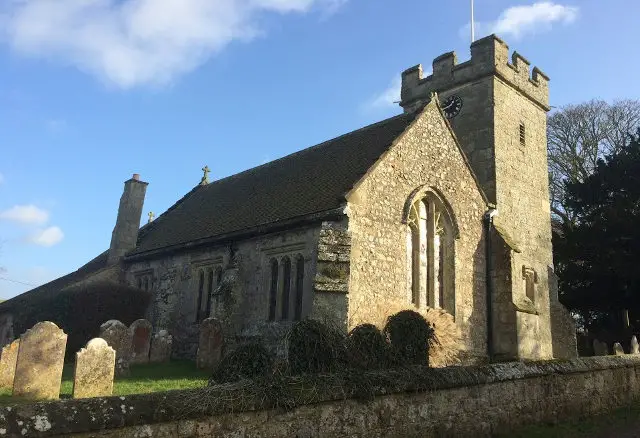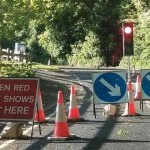has this morning released their latest At Risk register. The register provides an annual snapshot of the health of the historic environment.
This year sees one item from the Isle of Wight added to the register and one removed.
In 2017, the Isle of Wight received the largest grant aid from Historic England, when £117,000 was provided for urgent structural repairs to the iconic Hammerhead Crane.
New entry
St Mary and St Rhadegund Church, Whitwell, Niton and Whitwell (Grade II*)
Unusual village church formed from two separate medieval chapels built side by side and largely re-built in the C15/16. Mainly built from the local Greensand stone with tiled roofs.
At risk mainly due to stone decay and water penetration from defective pointing and rainwater disposal. A Heritage Lottery Fund Grants for Places of Worship was accepted in 2017 to develop the project to address these issues.
Saved
St John the Baptist Church, Niton, Isle of Wight is listed at Grade II* and is a small village church of medieval origins. It is built of local sandstone with a small west tower with parapet and short spire.
The church has been removed from the ‘at risk’ Register this year after repairs were made to the stonework to the spire, tower, windows and rainwater downpipes all funded by a grant under the Heritage Lottery Fund Grants for Places of Worship Scheme.
Statistics for the South East
Across the region, 32 sites have been removed from the Register, while 22 sites have been added because of concerns about their condition, including 10 places of worship.
Over the past year, Historic England has offered £612,000 in grants to help some of the region’s best loved and most important historic sites.
The Heritage at Risk Register 2017 reveals that in the South East, 89 Grade I and II* buildings, 214 scheduled monuments, 94 places of worship, 25 registered parks and gardens and 64 conservation areas are at risk of neglect, decay or inappropriate change. There are 490 assets on the South East Register.





